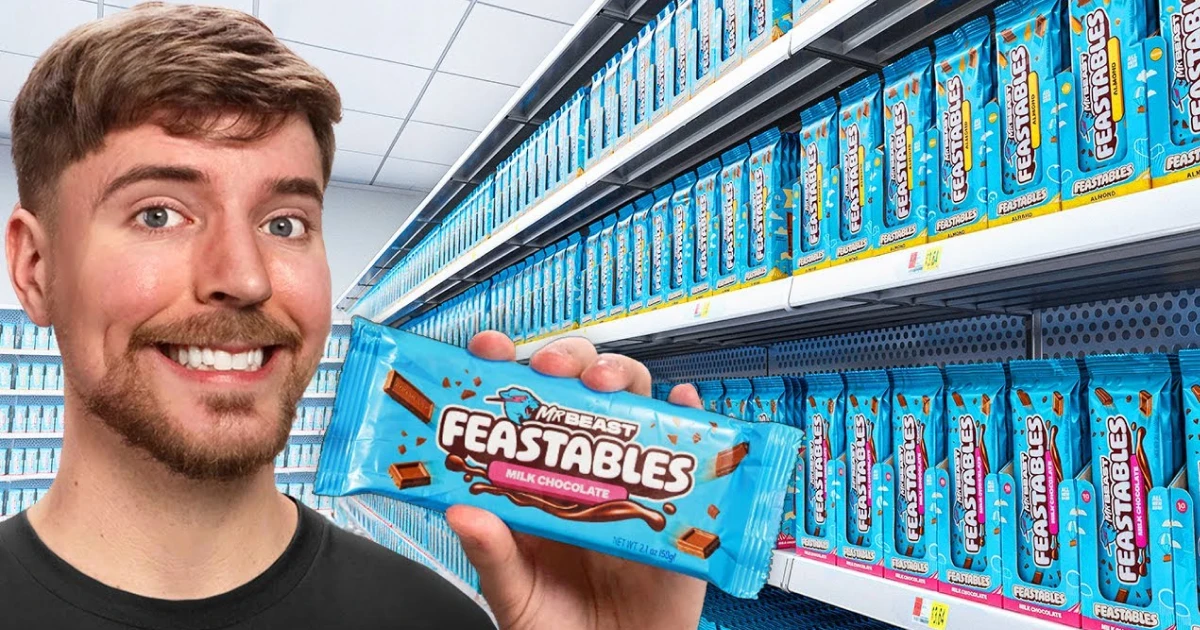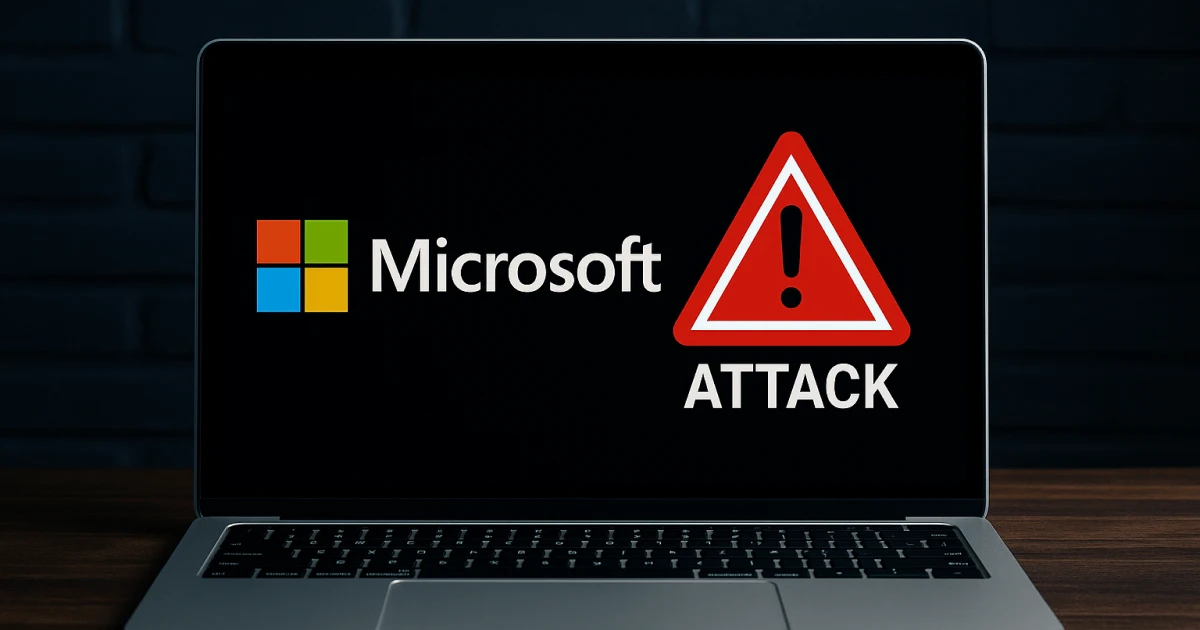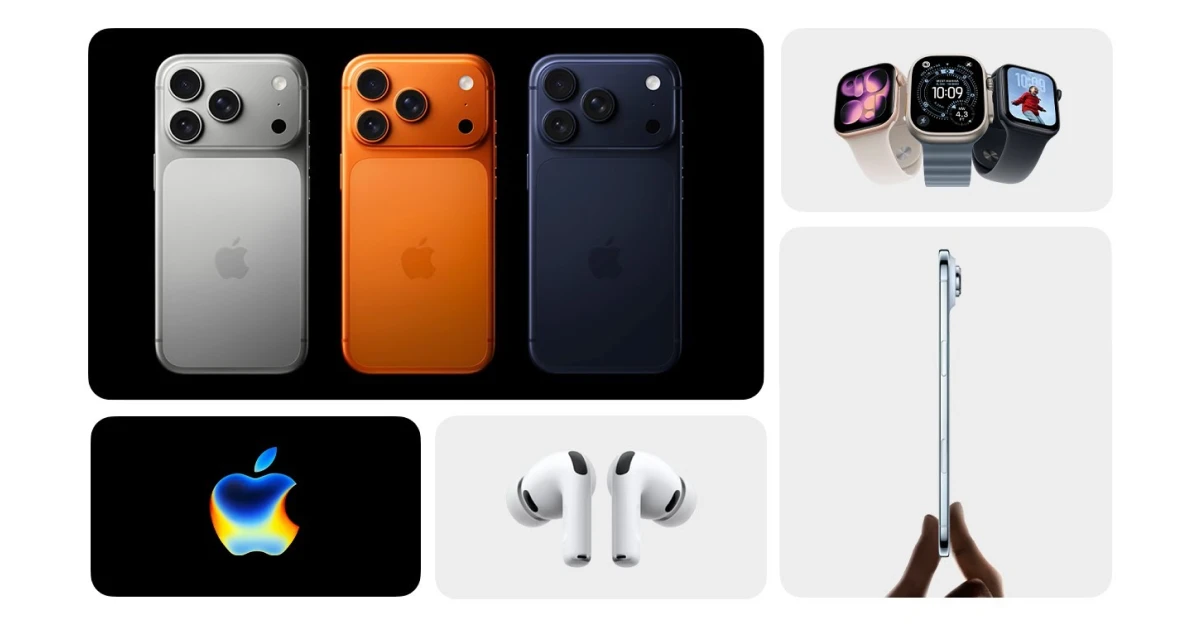COVID-19 has changed everything. There is no question about that. Yes, digital commerce was on the rise before the pandemic, but everything accelerated in a way hard to imagine once everyone found themselves at home without much to do. With the growing concern about going to public places, many people resorted to online shopping to cover their needs.
Because of this shift, many retail store owners found themselves in a situation where they had to close their shops. E-commerce soared both during the pandemic and after. Brick-and-mortar was never going to be the same.
Brick-and-mortar retailers face many challenges. One of those is competing with e-commerce giants. On Amazon, for example, you can find products at lower prices than at physical stores. Fast & Free shipping is also on the table. These are factors that are hard to compete with.
Digitization provides us with the chance to access product reviews, which is not possible while shopping in-store, as it limits the opinion solely to personal experience. However, online platforms offer the benefit of reviewing feedback from other consumers who have previously used the product, presenting valuable insights and opinions.
Even more so, brick-and-mortar retailers find it very hard to connect with their customers on a deeper level. It is hard for them to keep track of every customer that comes into the store and their preferences and needs. Personalizing the shopping experience without having these crucial insights is difficult.
When shopping in stores, we often have limited time to make the best purchasing decision. However, online shopping enables us to compare prices and products, making it easier to find the most suitable option for our needs. This approach can now be applied to almost any product we can think of, making it simpler to choose the perfect headphones or running sneakers, for example.
Old-school retailers should not give up though. There are still many ways to remain competitive in this digital age. And, advancements in technology can help us with that. Think about buying new clothes - When it comes to selecting the right clothes for you, brick-and-mortar stores are the ones that provide the chance to choose the ones that fit best.
Retailers should embrace the digital age. They have the opportunity to innovate beyond measure. Brick-and-mortar retailers, for example, can implement omnichannel retailing. This can provide customers with the variety necessary to keep the shopping experience smooth and entertaining. Allowing them to purchase online and pick up in-store or employing mobile apps are some of the most effective ways to boost your brick-and-mortar business.
Another strategy that brick-and-mortar owners should take into consideration is boosting their social media presence and developing several digital marketing campaigns. With the help of digital marketing, these retailers could try to build a community around the brand because this way they will be sure that they have a loyal customer base. Moreover, influencer marketing can be used to attract a wider audience.
For brick-and-mortar stores to survive and thrive, they need to adapt to the new market and the digital era we find ourselves in. It is also essential to look at successful brands that transitioned their brick-and-mortar efforts to the online environment. Zara is one of those brands that were able to introduce omnichannel strategies in their retailing efforts. They allowed customers to purchase clothes and pick them up in physical stores. And, they are not the only ones.
Home Depot is another brand that was able to adapt to the growing popularity of online shopping. They have embraced technology and were able to enhance their in-store experience by using digital signage to display product prices and information. Customers can also use the Home Depot mobile app to check the inventory and plan their purchases.
Business owners must have an open-minded approach toward the constantly evolving retail environment to ensure their safety. It's important to acknowledge the power of technology and people's desire for convenience, efficiency, and time-saving measures. By offering these benefits to customers, brick-and-mortar businesses can earn their loyalty and trust.




.webp)











